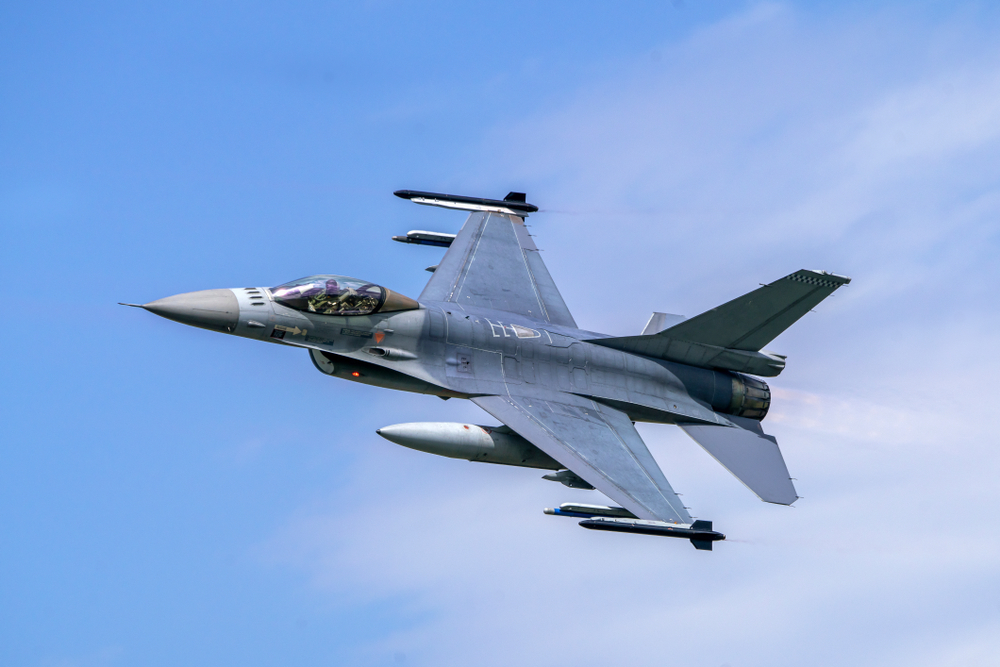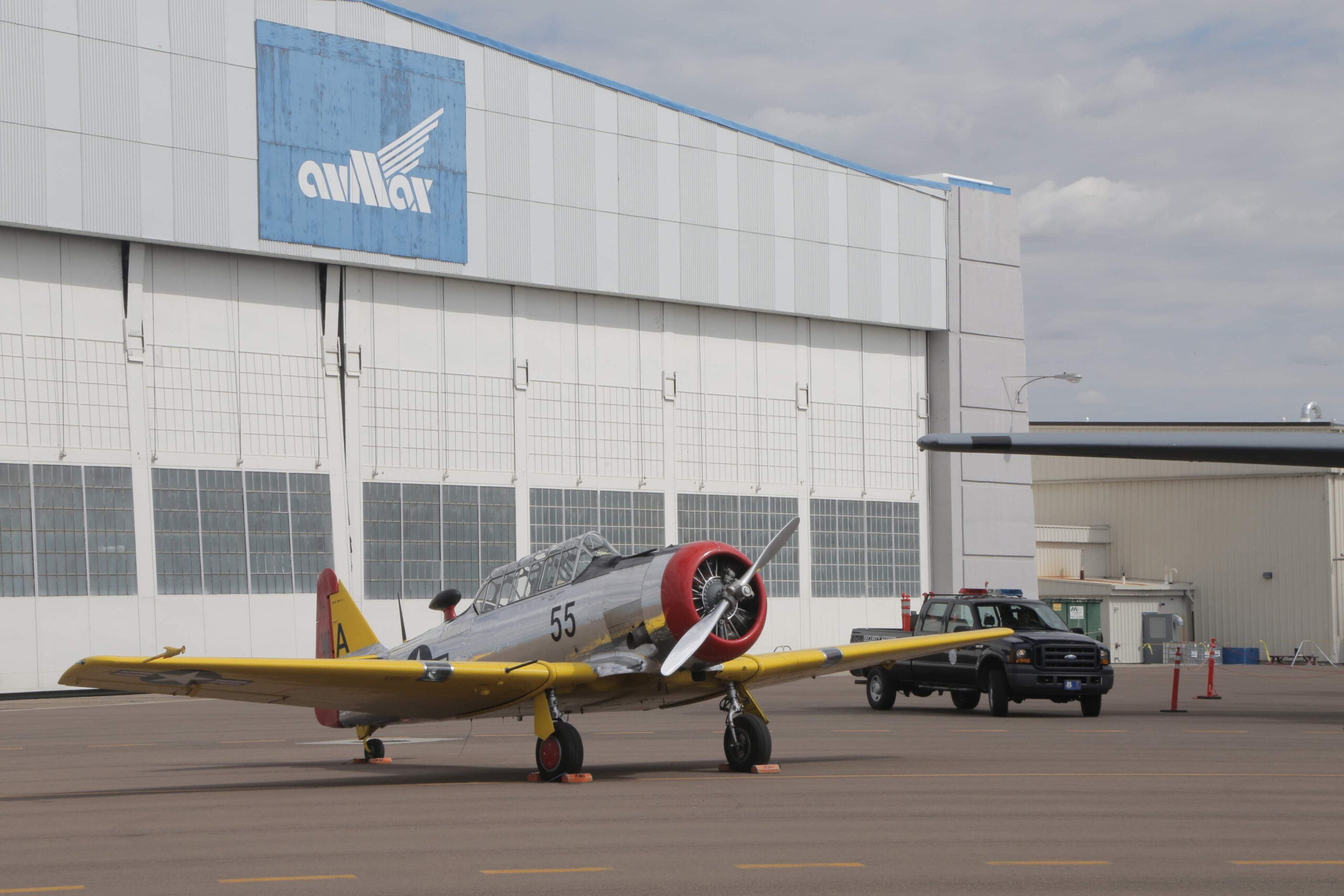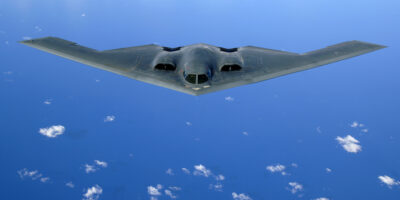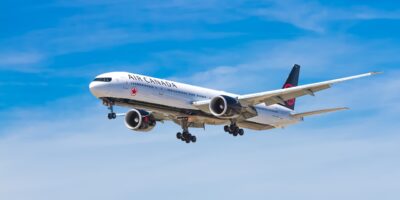How High Can Fighter Jets Fly?
Fighter jets are designed for air superiority, intercepting enemy aircraft, and carrying out ground attack missions. One of their critical performance metrics is their service ceiling, which denotes the maximum altitude they can reach under optimal conditions.

Understanding Service Ceiling
The service ceiling of a fighter jet is not a single absolute figure. It’s usually specified as the altitude where the aircraft can no longer maintain a climb rate of at least 100 feet per minute. Beyond this point, the air becomes too thin for the jet’s engines to generate enough thrust. Pilots refer to this as coffin corner, where performance margins become dangerously narrow.
Factors Affecting Altitude Capabilities
Several factors influence how high a fighter jet can fly, including engine performance, aircraft design, and atmospheric conditions.
- Engine Performance: Fighter jets typically use afterburners to increase thrust. However, at higher altitudes, the lower air density reduces their efficiency.
- Aircraft Design: Aerodynamics plays a crucial role. Sleek designs and lightweight materials allow for higher altitudes.
- Atmospheric Conditions: Changes in temperature and air pressure affect lift and engine performance. Colder air is denser, enhancing lift and engine efficiency.
Modern Fighter Jets
Modern fighter jets like the F-22 Raptor, F-35 Lightning II, and Eurofighter Typhoon have impressive service ceilings. The F-22 Raptor can reach altitudes up to roughly 65,000 feet. The F-35 Lightning II, with its multi-role capabilities, has a service ceiling of around 50,000 feet. The Eurofighter Typhoon also boasts a similar maximum altitude.
Historical Context
During World War II, aircraft like the Messerschmitt Me 262 and the P-51 Mustang had service ceilings of around 40,000 feet. These altitudes were considered remarkable at the time. As technology progressed, so did the capabilities of military aircraft.
Supersonic and Hypersonic Terrains
Supersonic jets can exceed the speed of sound, typically at altitudes between 30,000 and 50,000 feet. Hypersonic aircraft, although still in experimental stages, are projected to operate at even higher altitudes. Projects like the SR-71 Blackbird have demonstrated sustained flight at around 85,000 feet.
Environmental and Physiological Challenges
High-altitude operations pose several challenges. The freezing temperatures, reduced oxygen levels, and lower air pressure require specialized equipment and training. Pilots wear pressurized suits to maintain bodily functions and prevent hypoxia.
Specialized Roles and Operations
Reconnaissance jets like the U-2 Dragon Lady and surveillance drones are designed for high-altitude operations. The U-2 can reach altitudes over 70,000 feet, providing valuable intelligence. These altitudes protect them from many ground-based threats.
Altitude and Combat Tactics
High altitude gives fighter jets tactical advantages such as greater radar coverage and potential energy in dogfights. Pilots can dive from higher altitudes to gain speed and position themselves advantageously in aerial combat.
The Future of High-Altitude Flight
With advances in technology, future fighter jets and drones may exceed current altitude limits. Research in engine efficiency and materials science will play key roles. Hypersonic technologies and spaceplanes might redefine the boundaries of military aviation.



